Description
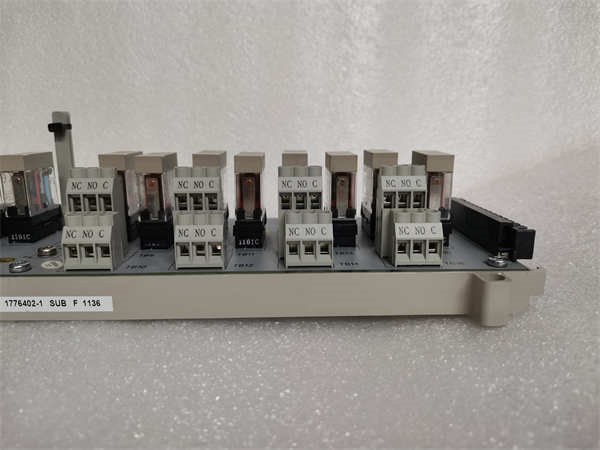
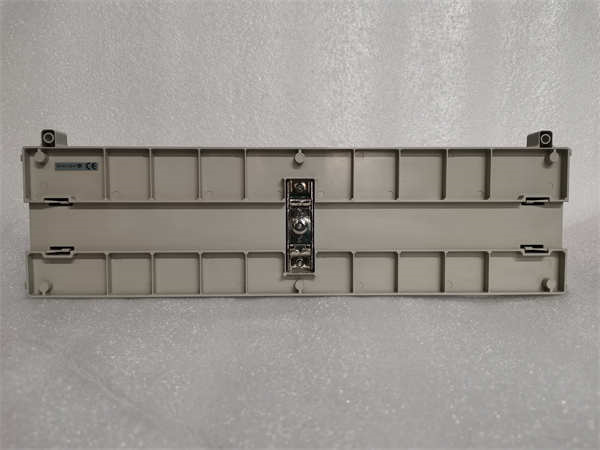
Parameter Specifications
Power Supply: Requires a stable DC power supply, typically in the range of 24V with a tolerance of ±10%. The power consumption is relatively low, usually around 5W, ensuring energy – efficient operation.
Input/Output Channels: It comes with a specific number of input and output channels. For example, it may have 8 digital inputs that can accept signals from 0 – 24V and 8 digital outputs capable of driving loads up to 2A at 24V DC.
Communication Interface: Supports standard industrial communication protocols such as Modbus RTU. The communication baud rate can be adjusted from 9600bps to 115200bps, enabling seamless data exchange with other devices.
Uses
Signal Monitoring: Monitors digital signals from various sensors and switches in industrial processes. It can detect the status of equipment such as the open/close state of valves or the running/stopping state of motors.
Control Execution: Based on the monitored signals and pre – set logic, it sends control signals to actuators like relays or contactors to control the operation of equipment, thus realizing automation of industrial processes.
Weight and Dimensions
Weight: Approximately 250 grams, which is lightweight and convenient for installation and handling in different industrial settings.
Dimensions: The size is relatively compact, with a length of about 100mm, a width of 80mm, and a height of 50mm. This compact design allows it to fit easily into control cabinets.
Characteristics
High Reliability: Constructed with high – quality components, it can withstand harsh industrial environments, including wide temperature ranges from – 20°C to 60°C and high levels of electromagnetic interference.
Easy Configuration: The device can be easily configured through software, allowing users to set input/output parameters, communication settings, and logic control rules according to specific application requirements.
Modular Design: Its modular design enables easy expansion and integration with other modules in a control system, enhancing the flexibility and scalability of the overall system.
Application Areas
Industrial Manufacturing: Commonly used in manufacturing plants to control production lines, monitor equipment status, and ensure the smooth operation of the manufacturing process.
Power Distribution: In power distribution systems, it can be used to monitor the status of circuit breakers and control the power supply to different loads.
Building Automation: Applied in smart buildings to control lighting, ventilation, and access control systems, improving energy efficiency and management convenience.
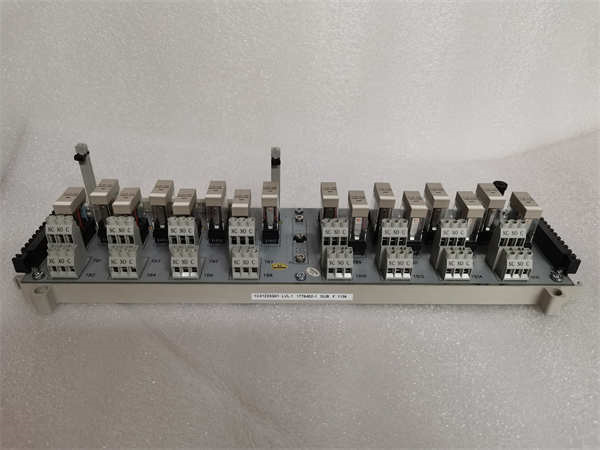


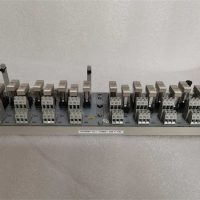
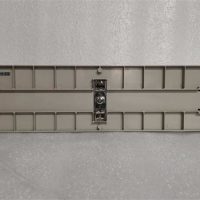
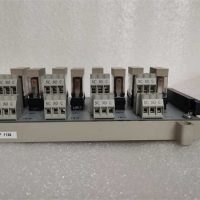

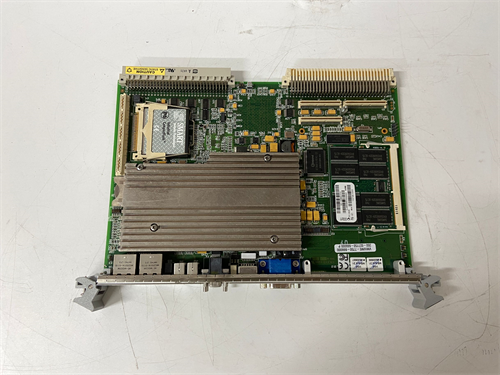
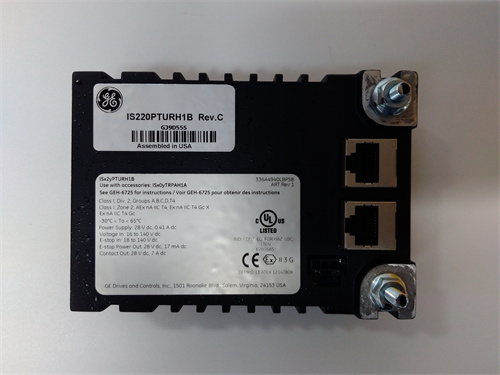
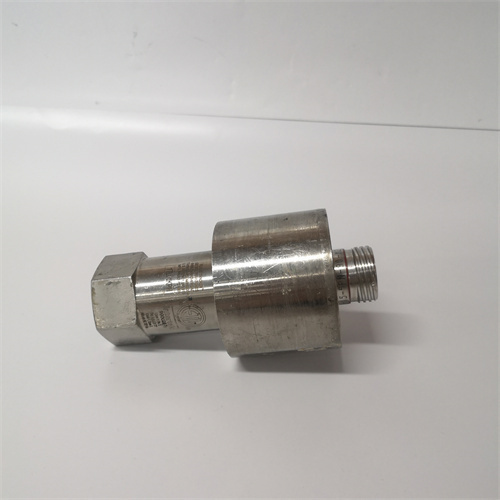

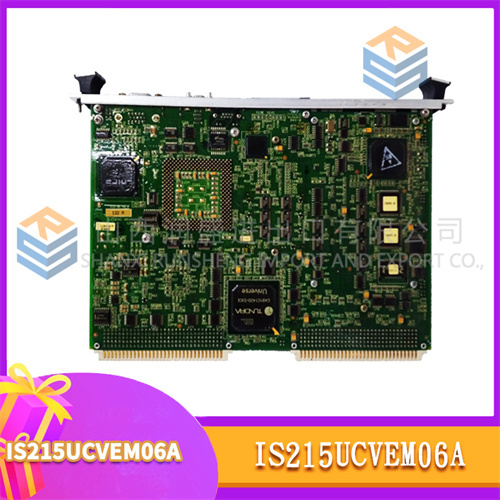
Reviews
There are no reviews yet.